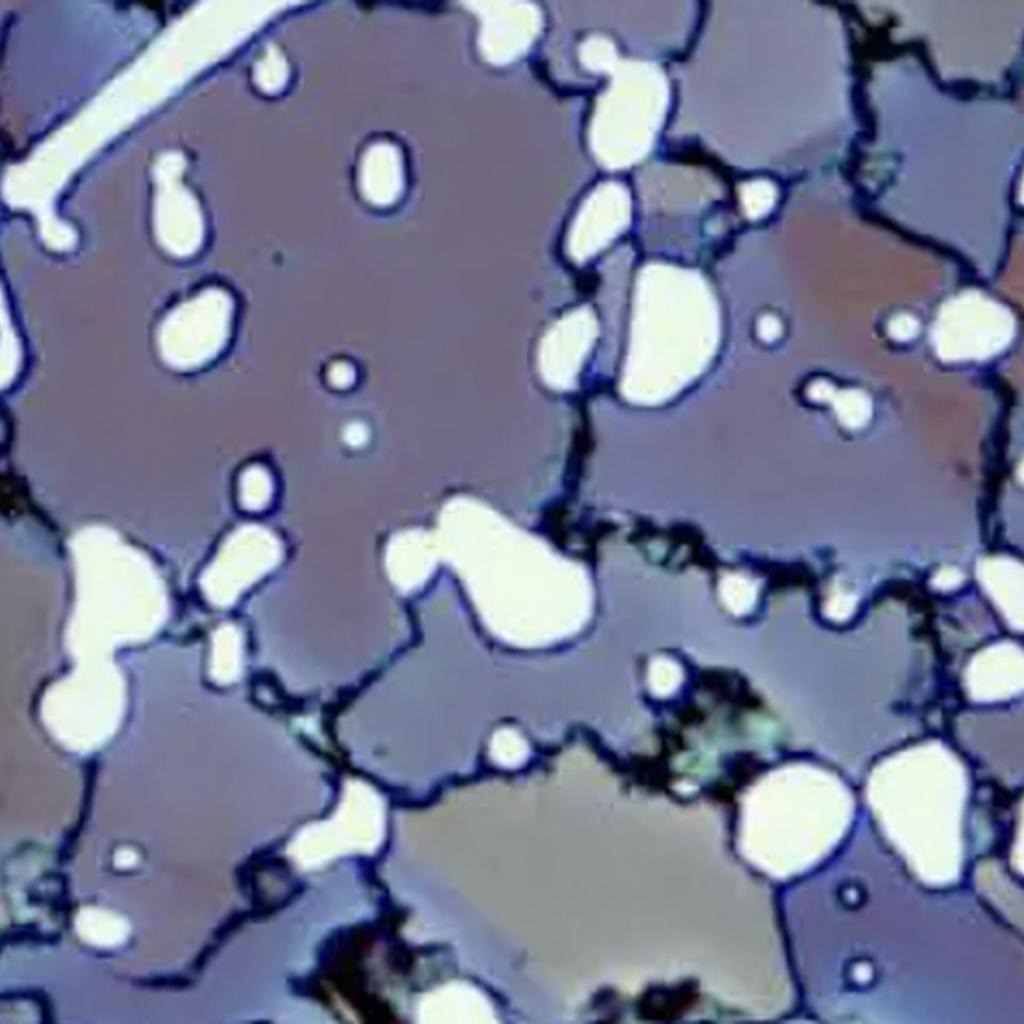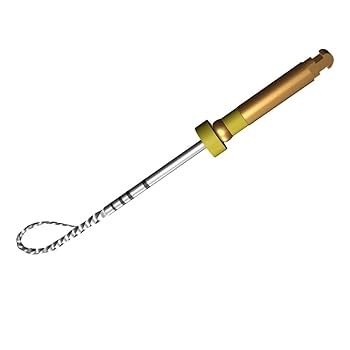

Want to read a paper that dives deeper?
Our Heat Treatment Process
ShapeEndo’s™ proprietary heat treatment technology transforms ordinary nickel-titanium into superior endodontic instruments that redefine the shaping potential of the instrument.
Why Heat Treatment Matters
Nickel-titanium (NiTi) alloys possess unique properties that make them ideal for endodontic instruments. However, raw NiTi requires precise heat treatment to unlock its full potential.
Our proprietary heat treatment process transforms the molecular structure of the alloy, creating instruments with enhanced flexibility, superior fatigue resistance, and optimal cutting efficiency.
500°C+
Peak treatment temperature
The ShapeEndo™ Heat Treatment Process
Initial Forming
Raw nickel-titanium wire is precisely machined into the desired file geometry using advanced CNC technology.
TEMPERATURE
Room Temperature
DURATION
Varies by file complexity
Pre-Heat Treatment
Files undergo initial thermal conditioning to prepare the alloy structure for the main heat treatment cycle.
TEMPERATURE
400°C – 500°C
DURATION
15-30 minutes
Primary Heat Treatment
Controlled heating in a specialized furnace transforms the crystalline structure of the nickel-titanium alloy.
TEMPERATURE
500°C – 550°C
DURATION
5-15 minutes
Rapid Cooling
Immediate quenching locks in the desired metallurgical properties and prevents unwanted phase transformations.
TEMPERATURE
Rapid cooling to <100°C
DURATION
30-60 seconds
Tempering
Secondary heat treatment optimizes the balance between flexibility and strength for clinical performance.
TEMPERATURE
300°C – 400°C
DURATION
10-20 minutes
Quality Control
Each batch undergoes rigorous testing for flexibility, fatigue resistance, and cutting efficiency.
TEMPERATURE
Room Temperature
DURATION
Comprehensive testing
The Science Behind Heat Treatment
Martensitic Transformation
Heat treatment controls the martensitic transformation temperature of NiTi alloys. This transformation is responsible for the superelastic behavior that allows files to bend significantly without permanent deformation.
Grain Structure Optimization
Controlled heating and cooling refines the grain structure of the alloy, eliminating stress concentrations and improving the overall mechanical properties of the finished instrument.
Residual Stress Relief
The heat treatment process eliminates residual stresses introduced during manufacturing, preventing premature failure and extending the service life of the instruments.
Surface Optimization
Precise temperature control creates an optimal surface finish that enhances cutting efficiency while reducing friction during clinical use.
Clinical Benefits of Heat Treatment
Enhanced Flexibility
Heat treatment transforms the molecular structure of nickel-titanium, creating files that can navigate curved canals with unprecedented flexibility while maintaining their original shape.
Increased Fatigue Resistance
The controlled heating and cooling process significantly improves the file’s resistance to cyclic fatigue, reducing the risk of instrument separation during clinical use.
Superior Cutting Efficiency
Heat-treated files maintain their cutting edge longer and provide more efficient dentin removal, resulting in faster and more predictable procedures.
Optimal Memory Properties
The heat treatment process enhances the superelastic properties of NiTi, allowing files to return to their pre-determined shape after deformation.
